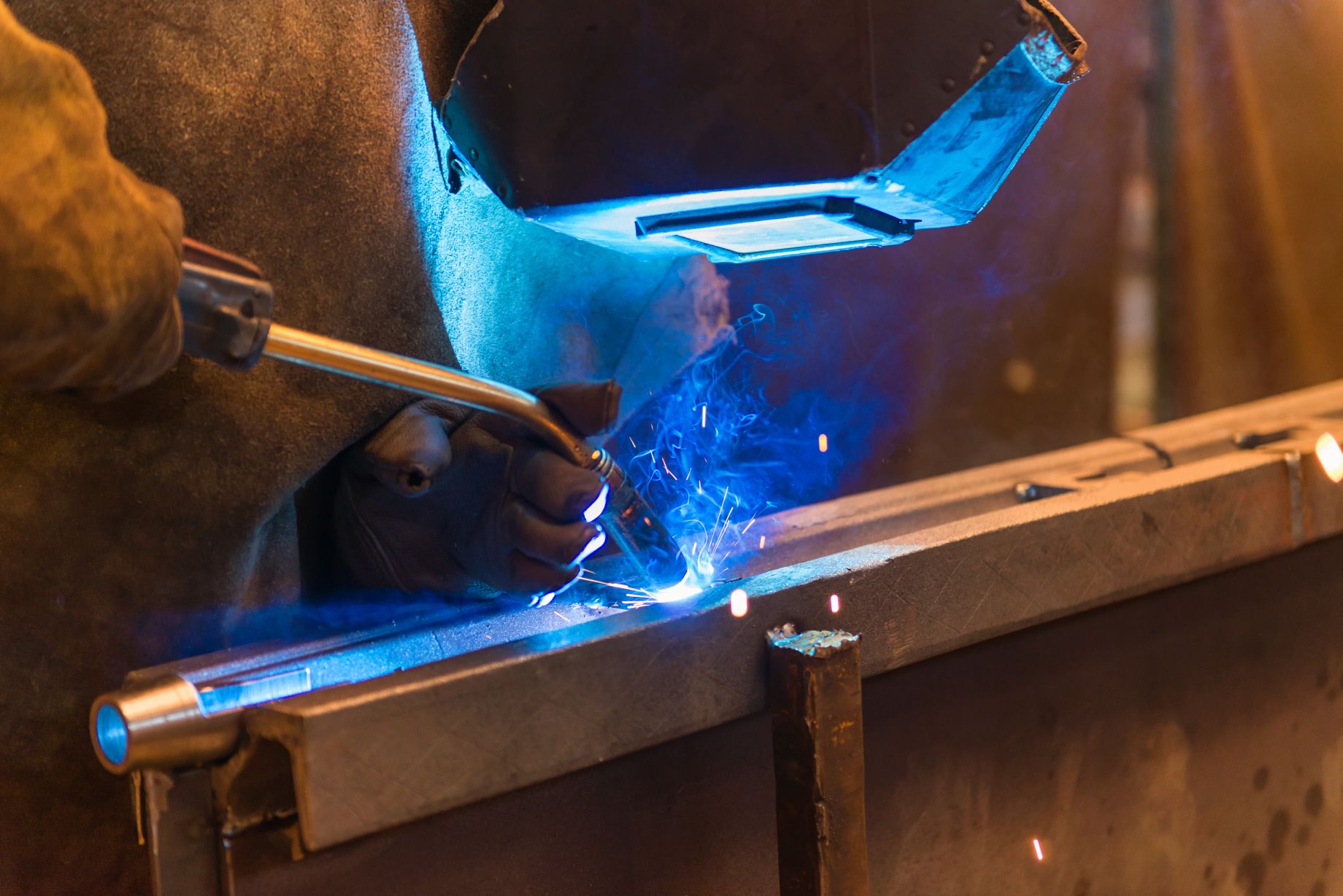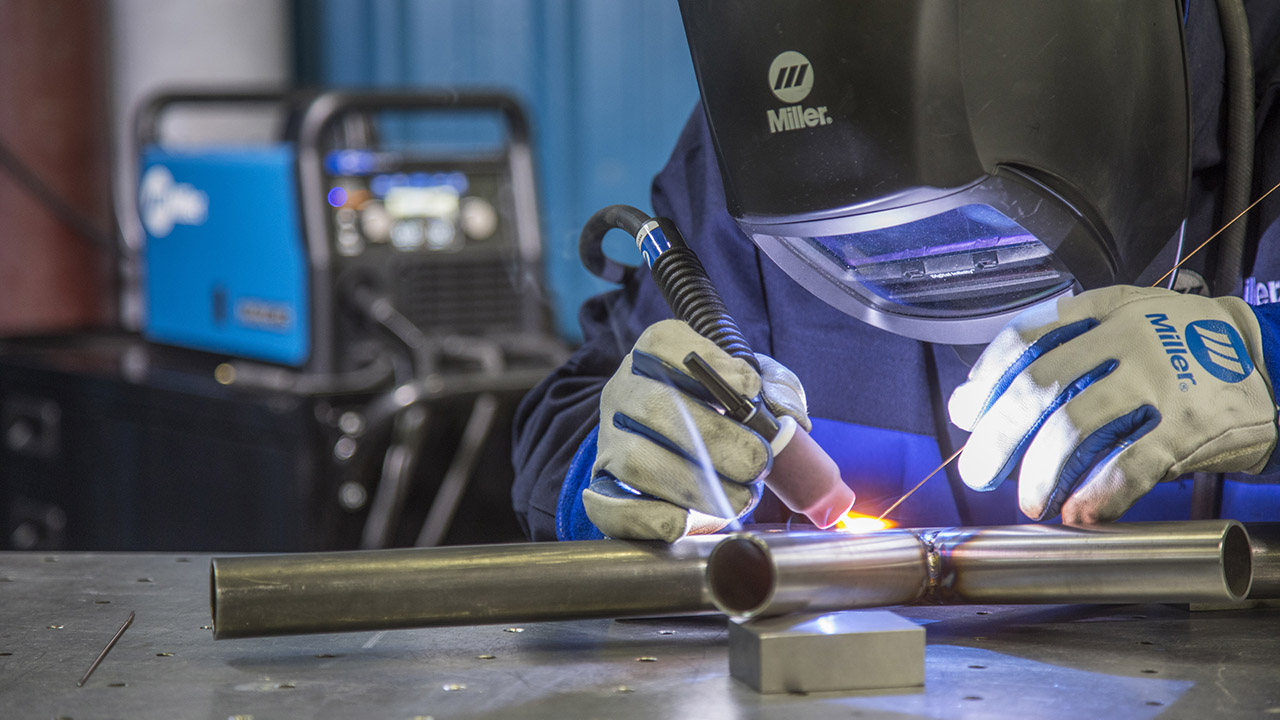Optimizing Your Welding WPS: Techniques for Improved Efficiency and Performance
Optimizing Your Welding WPS: Techniques for Improved Efficiency and Performance
Blog Article
The Ultimate Overview to Welding WPS Procedures: A Detailed Review for Welders
In the intricate globe of welding, Welding Procedure Requirements (WPS) work as the backbone of ensuring quality, uniformity, and security in welding operations. Recognizing the subtleties of producing, carrying out, and keeping an eye on WPS procedures is necessary for welders looking to elevate their craft and fulfill sector standards. As we explore the numerous elements of a WPS and check out the intricacies of credentials and certification, we will reveal the important duty these treatments play in the world of welding. Let's begin on a journey to unwind the complexities and significance of WPS procedures in welding practices.
Importance of WPS Procedures
Recognizing the importance of Welding Procedure Specifications (WPS) treatments is crucial for making certain the quality and honesty of welded structures. WPS procedures function as a roadmap for welders, detailing the needed actions, parameters, and materials called for to accomplish a sound weld. By adhering to WPS guidelines, welders can make sure consistency in their job, causing structurally audio and trusted welds.
One of the primary factors why WPS treatments are vital is their function in maintaining weld top quality and integrity. Adhering to the specified welding criteria and methods described in the WPS aids prevent defects such as porosity, breaking, or incomplete combination, which can compromise the strength and durability of the weld. In addition, WPS procedures are crucial for making certain compliance with sector criteria and codes. By adhering to recognized WPS standards, welders can show that their work satisfies the necessary demands for safety and quality, supplying assurance to clients, inspectors, and governing bodies. Basically, the relevance of WPS procedures can not be overstated, as they are fundamental to attaining consistent, premium welds that fulfill market requirements and specifications.

Components of a WPS
A Welding Procedure Spec (WPS) generally makes up necessary parts that information the particular demands for carrying out a weld, making sure uniformity and top quality in the welding process. The key parts of a WPS include important variables such as base metals, filler metals, interpass and preheat temperature levels, welding processes, protecting gases, welding settings, and post-weld heat therapy requirements.
Base metals refer to the products being signed up with, while filler steels are made use of to fill the void in between the base metals during welding. The welding process outlines the particular method to be used, whether it's gas steel arc welding (GMAW), protected steel arc welding (SMAW), or another technique. Welding settings define the orientations in which welding can be carried out.

Qualification and Qualification
Having developed the important elements of a Welding Treatment Requirements (WPS), the emphasis now moves in the direction of the crucial facets of qualification and qualification in welding practices.

Accreditation, on the other hand, is the official acknowledgment of a welder's certifications by a pertinent accreditation body or company. Welding qualifications are usually based on the certain welding processes, products, and positions a welder is my company certified to deal with. Holding a valid welding certification shows that a welder meets market criteria and is experienced to perform welding tasks to the called for specifications.
Developing a WPS
To develop a Welding Treatment Specification (WPS) that satisfies sector criteria, cautious factor to consider of welding procedures, materials, and functional criteria is necessary (welding WPS). The initial step in developing a WPS is to recognize the welding process to be utilized, such as gas metal arc welding (GMAW) or shielded metal arc welding (SMAW) When the welding process is established, the following essential element is choosing the appropriate materials, thinking about aspects like base metal kind, thickness, and joint layout. Operational parameters such as welding present, voltage, traveling speed, and protecting gas structure have to likewise be diligently specified in the WPS.

Executing and Checking WPS
Upon settling the extensive Welding Treatment Requirements (WPS) that diligently information welding procedures, materials, operational parameters, and quality control actions, the emphasis changes to effectively implementing and monitoring the well-known treatments. Execution entails guaranteeing that all welders included in the job recognize with the WPS and follow it carefully during the welding process. This calls for giving ample training and guidance to guarantee adherence to the specified treatments. Keeping an eye on the WPS includes continuous oversight to verify that welding activities align with the recorded requirements. Examinations, screening, and high quality control steps are vital elements of the tracking procedure to determine any type of issues or inconsistencies without delay. Routine audits and testimonials of the welding procedures help in keeping uniformity and top quality throughout the project. Efficient application and monitoring of the WPS are vital for ensuring the integrity, toughness, and security of the bonded joints, inevitably adding to the general success of the welding job.
Verdict
Finally, understanding and adhering to Welding Procedure Specs (WPS) is critical for welders to guarantee quality, uniformity, and safety in home their job. By recognizing the parts of a WPS, acquiring correct qualifications and accreditations, developing in-depth procedures, and carrying out and checking them properly, welders can enhance their abilities and efficiency in welding methods. Following WPS procedures is vital for producing high-quality welds and meeting market requirements.
In the detailed world of welding, Welding Treatment Requirements (WPS) offer as the foundation of guaranteeing high quality, uniformity, and safety and security in welding operations. The welding process outlines the specific technique to be made use of, whether it's gas metal arc welding (GMAW), shielded metal arc welding (SMAW), or another approach.To develop a Welding Procedure Specification (WPS) visit the site that meets industry standards, cautious factor to consider of welding processes, materials, and functional criteria is essential. The first action in developing a WPS is to identify the welding procedure to be made use of, such as gas steel arc welding (GMAW) or protected metal arc welding (SMAW)Upon completing the detailed Welding Treatment Spec (WPS) that carefully details welding processes, materials, functional criteria, and top quality guarantee measures, the emphasis changes to efficiently applying and keeping track of the well established procedures.
Report this page